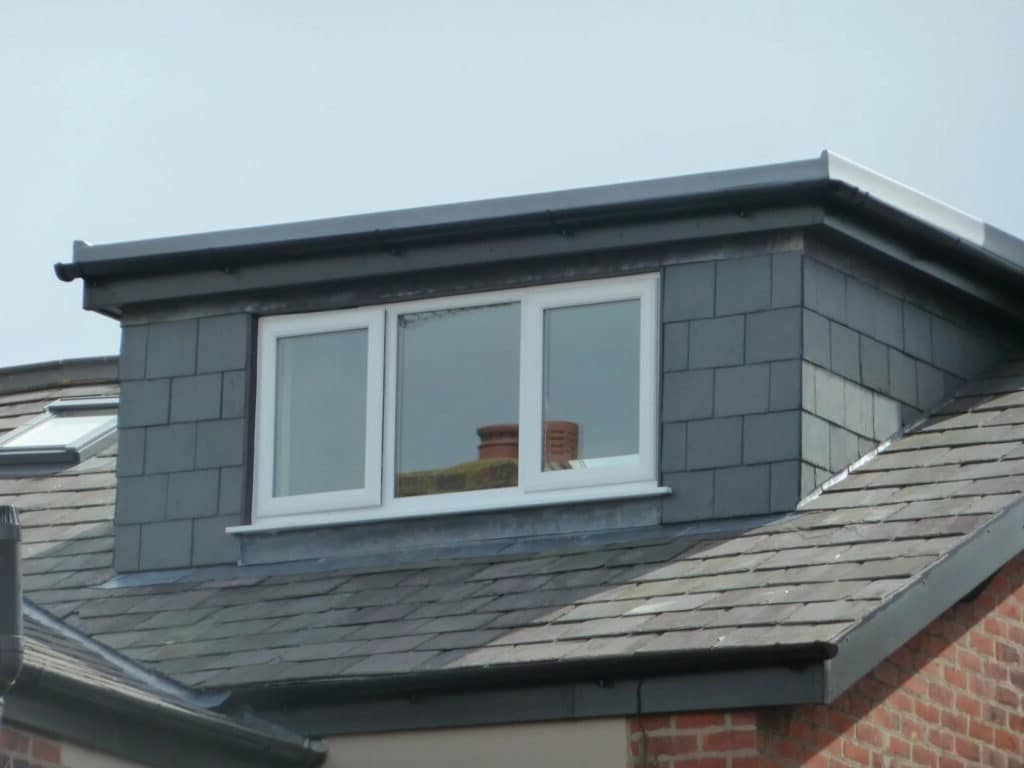What Is A Dormer Loft Conversion – Your Questions

As space becomes an increasingly valuable commodity for us all, a lot of us are looking for innovative ways to enhance the square footage of our properties.
One such popular method is the dormer loft conversion.
Table of Contents
Let’s look at the ins and outs of this type of conversion conversion, answering questions such as “how much is a dormer loft conversion?” and “do you need planning permission for a dormer loft conversion?”.
What is a Dormer Loft Conversion?
This type of conversion involves integrating a box-shaped structure into the existing pitched roof of a property. This structure’s walls stand perpendicular to the floor, thereby creating additional headspace and floor space.
Types of Dormer Loft Conversion
There are several variations of dormer loft conversions. Let’s delve into a few of the most common types.
- Flat Roof Dormer: This type features a flat horizontal roof, making it a common choice for enhancing space at the rear of a property.
- Shed Dormer: Characterised by a flat roof that slopes downwards, a shed dormer is often suitable for homes with a gable roof.
- Dog-House Dormer: Also known as a gable-fronted dormer, this design includes a gable wall extension that builds up to the existing ridgeline.
- L-Shaped Dormer: An L-shaped dormer involves two interconnected dormers, forming an L-shape. This type maximises space and is ideal for Victorian houses with a rear addition.
- Hipped Roof Dormer: A hipped roof dormer exhibits three sloping planes that converge at the ridge of the dormer, enhancing the aesthetic appeal of the property.
The Need for Planning Permission
One of the significant advantages of many loft conversions is that they typically fall within ‘permitted development rights‘. This implies that they generally do not require planning permission. However, this is subject to certain conditions:
- The dormer should not exceed the original roof’s height.
- The dormer is forbidden from featuring a balcony, although Juliet balconies are an exception.
- The materials used for the dormer should align with the style of the rest of the house.
- If the property is a listed building or lies within a conservation area, planning permission is necessary.
Cost of a Dormer Loft Conversion
The central question on most homeowner’s mind is “how much does a dormer loft conversion cost?”.
Loft conversion costs can differ based on several factors such as location, complexity, whether a bathroom is included, and the quality of finish. On average, expect to pay from around £35,000 in the North of England to £50,000 – £55,000 in London for a medium-end specification.
Time Frame for a Dormer Loft Conversion
Typically, a loft conversion takes between 4 to 6 weeks for the structure, with an additional 2 to 4 weeks for finishing and decor. This is generally the average time frame for a straightforward loft conversion However, this does not account for any preliminary work such as inspections and planning.
Advantages of a Dormer Loft Conversion
This type of loft conversion offer several benefits, including:
- Increased Space: Dormer loft conversions maximise both floor and headspace, making them the most spacious type of loft conversion.
- Versatility: The additional space can be utilised for a variety of purposes, such as a bedroom, home office, or playroom.
- Light and Ventilation: Dormers allow for increased natural light and superior ventilation, enhancing the overall comfort of the space.
In conclusion, a dormer loft conversion is an excellent solution for homeowners seeking to expand their living space without sacrificing garden area or relocating.
From understanding “how much is a dormer loft conversion?” to knowing “how long does a dormer loft conversion take?”, it’s crucial to make an informed decision.
As with any home improvement project, it’s advisable to seek professional advice to ensure that your conversion meets all the necessary requirements and regulations.
